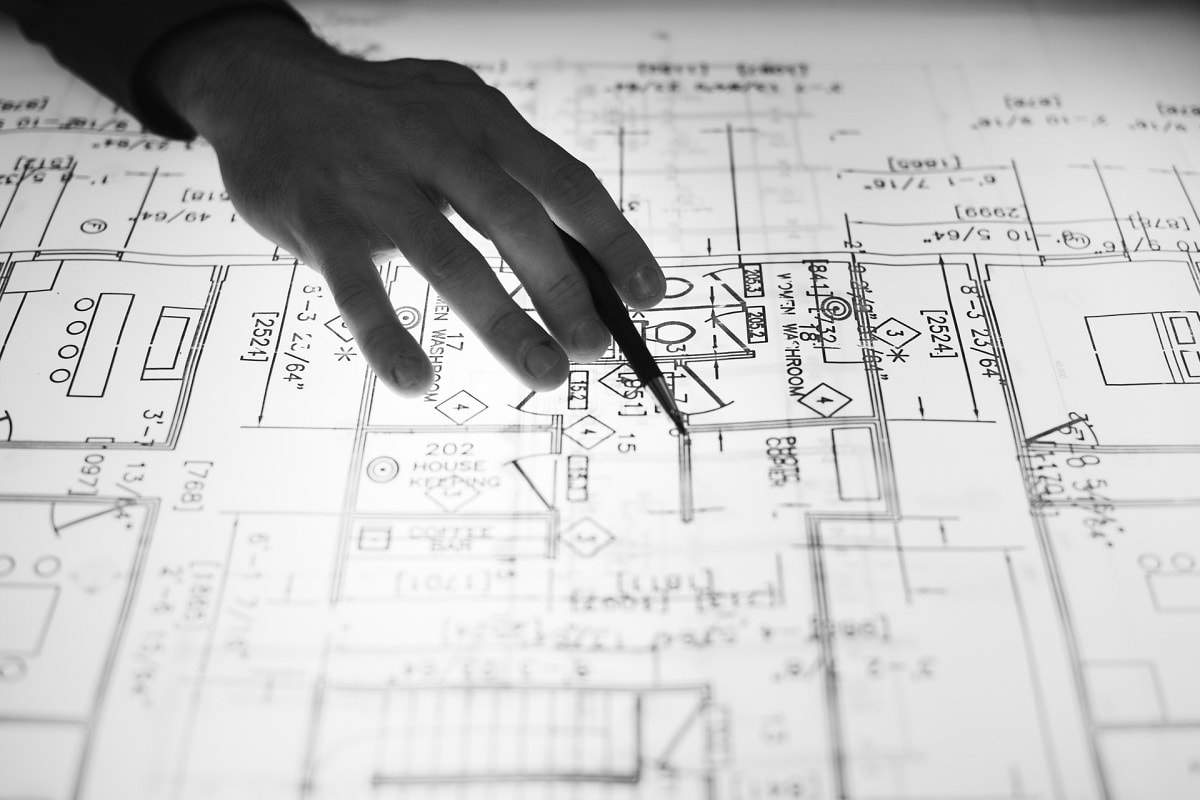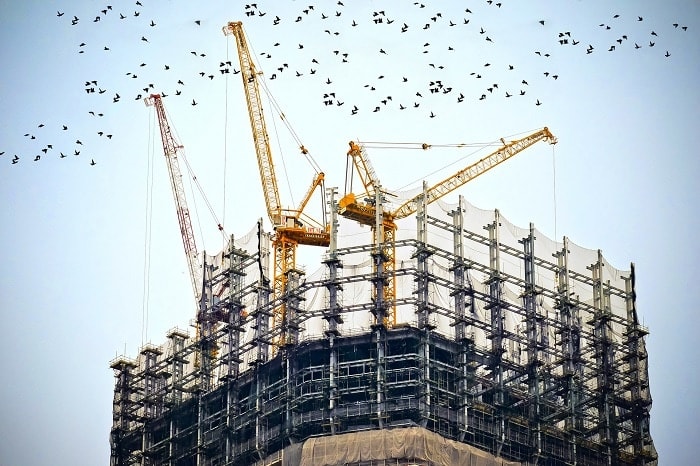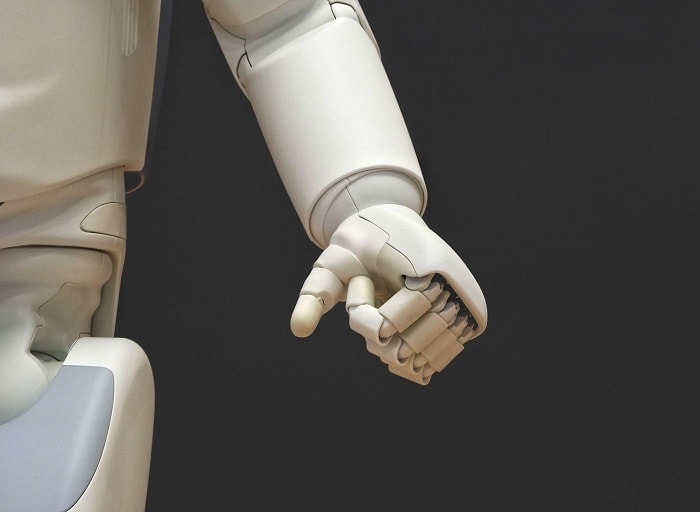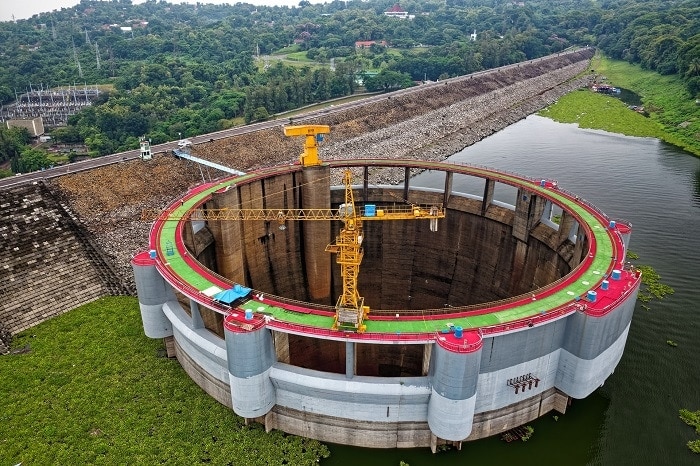
The climate crisis is making us rethink the way we build more than ever before. There is no arguing with how serious this is for the planet or how this problem will continue to grow if we don’t start making decisions about it now. With new practices, sustainable construction will help curb rising temperatures. And not only that, but it will also help take care of our natural resources (land, air, and water) and the environment in which we live. The construction industry must therefore contribute to what civil society is already doing to stop impending disaster.
According to a report published in December 2018 by the United Nations Environment Programme (UNEP) in collaboration with the International Energy Agency, buildings emit almost 40% of the world’s total greenhouse gases and account for 36% of energy consumption. Joyce Msuya, UNEP’s director, has called for “a big change” in the way we build. In her view, we need to “raise the bar in energy-efficient, green buildings and develop far better practices in construction.”
As they’re aware of our current predicament, engineers and developers know they’re not only building for the present, but also for the future. Climate change forces us to think about building sustainably and reducing our carbon footprint, and waste production is becoming essential.
Doing construction by following the latest advances in digital and design technologies, as well as sustainable engineering, aims to reduce the impact that buildings and infrastructure have on the environment in order to accelerate smart urban innovation. This translates into innovative methods that improve resource efficiency while reducing waste. Ferrovial wants to lead the construction industry’s transformation with groundbreaking technologies and is working to face this challenge, which also happens to be one of the most ambitious for the industry and the entire planet.
Digital platforms visualizing a finished building before our eyes, androids doing the most tedious tasks for us, and sensors collecting information to optimize production in real-time – these are some of the technologies that, when applied to the latest trends in sustainable construction, will ease our transition to a more environmentally-friendly industry. Thanks to these digital methods, we can get better results during each phase of construction: building design, construction, and operation.
Building information modeling (BIM) and digital twin technologies
One of the main features of sustainable construction is the use of data management practices, especially Building Information Modeling (BIM). BIM is a model-based process for designing, constructing, and managing infrastructure and building projects. Using 3D simulations and visualizations, BIM models help optimize behavior and design elements and also detect possible inconsistencies. Architects, engineers, and contractors value BIM because it allows them to build projects virtually first before physically constructing them. This helps to get rid of inefficiencies and problems that could arise during the construction process.
Perhaps most importantly, BIM offers a digital twin of a building or set of buildings during a project’s life cycle. A digital twin is a virtual model of a physical process, product, or service used to predict its behavior, errors, and possible failures. Developers and architects can manage large-scale installations and digital twin technology in various sectors by using artificial intelligence (AI) and cloud computing. Pairing virtual and physical worlds together enables data analysis and system monitoring to manage problems before they ever happen.
While Computer-Aided Design (CAD) is the basis for information modeling, BIM is a process for creating and integrating the data and information needed to take a project from the design stage to management. BIM ensures better expense predictions, improves planning, and minimizes errors, while also ensuring greater long-term sustainability. Data is used to generate production drawings or databases for building purposes instantly. It also supports greater use of modular and prefabricated construction technologies, which promotes sustainability goals.
BIM is effective because it includes digital descriptions for every aspect of the physical project throughout its lifecycle, enabling complex sharing and collaboration by repeating designs. It also allows physical structures to be linked to their respective digital twin through sensors that support virtual management and inspection both before and after projects are completed. This promotes better coordination between clients and subcontractors before construction even starts.

Source: Pixabay | Author: Free-Photos
Augmented reality and virtual reality
Along with BIM and digital twin environments, we are seeing new experiments in using augmented reality and virtual reality. This offers new opportunities to make advancements in sustainable construction by providing in-depth details through collaborative design. In digital environments, architects and designers can use augmented reality and virtual reality projections from BIM models to provide greater accuracy in progress assessments and activity planning.
Together, augmented and virtual realities allow stakeholders to see the entire process and include interior designs, floor plans, and structural architecture. This gives all stakeholders more of a chance to see the project’s details over its life cycle. Virtual reality also allows potential clients to more easily visualize a property or building before the project even begins. Furthermore, developers and investors can use the immersive experience to offer clients collaborative platforms to clients all over the world.
AI and Robotics
AI and robotics are slowly breaking into the smart engineering and construction industries, promising to redo how we design, construct, and manage buildings and infrastructure. Smart machines are rapidly changing the way society works, and AI is key to analyzing and interpreting ever-increasing amounts of data from models, sensors, and BIM tools.

Source: Pixabay | Author: Franck V
As AI and machine learning evolve, they expand the limits of what we can do to accelerate with sustainable construction methods. BIM simulations of the construction process will allow AI to identify potential problem areas and help develop alternative solutions.
In the facility management industry, it is expected that an ever-increasing number of robots and sensors will perform repetitive tasks. For construction, this includes hoist automation of the site’s core with robotic masonry, which facilitates building masonry structures by increasing productivity and lowering costs. This also includes the use of technical support once construction is complete. Feedback and complaints from construction management can be delivered, collected, managed, and even resolved using AI.
Drones are yet another robot that has joined the industry. Contractors and project managers use them during a project’s construction phase. Progress is monitored in real-time, while accurate data is captured within minutes by using the photos and videos taken by these unmanned vehicles. By using drones to probe the site, stakeholders have an extra layer of control and can better monitor the project during execution. Details about the construction phase are then communicated to all of the stakeholders, making it easier to monitor actual progress. This increases overall performance during construction.

Source: Pexels | Author: Tom Fisk
The construction industry can now use a wide range of sensors for asset management. In the future, we will download the computational requirements for cloud-based robotic tools to guarantee that robots have access to all network resources. Smart robotics and data collected by sensors and cameras located on robots will feed data into machine learning algorithms, allowing AI to interpret and direct task improvement and, in the end, this will drive autonomous corrective action.
Ultimately, applying these technologies – which are duly trained using machine learning techniques and require final action to be taken by humans – will help optimize construction processes by lowering costs and creating more sustainable buildings. Moreover, they will contribute to bringing climate change to a halt and encourage the development of smart cities. The engineering of the present and the future cannot ignore all of these options that are available for building a better world.





There are no comments yet